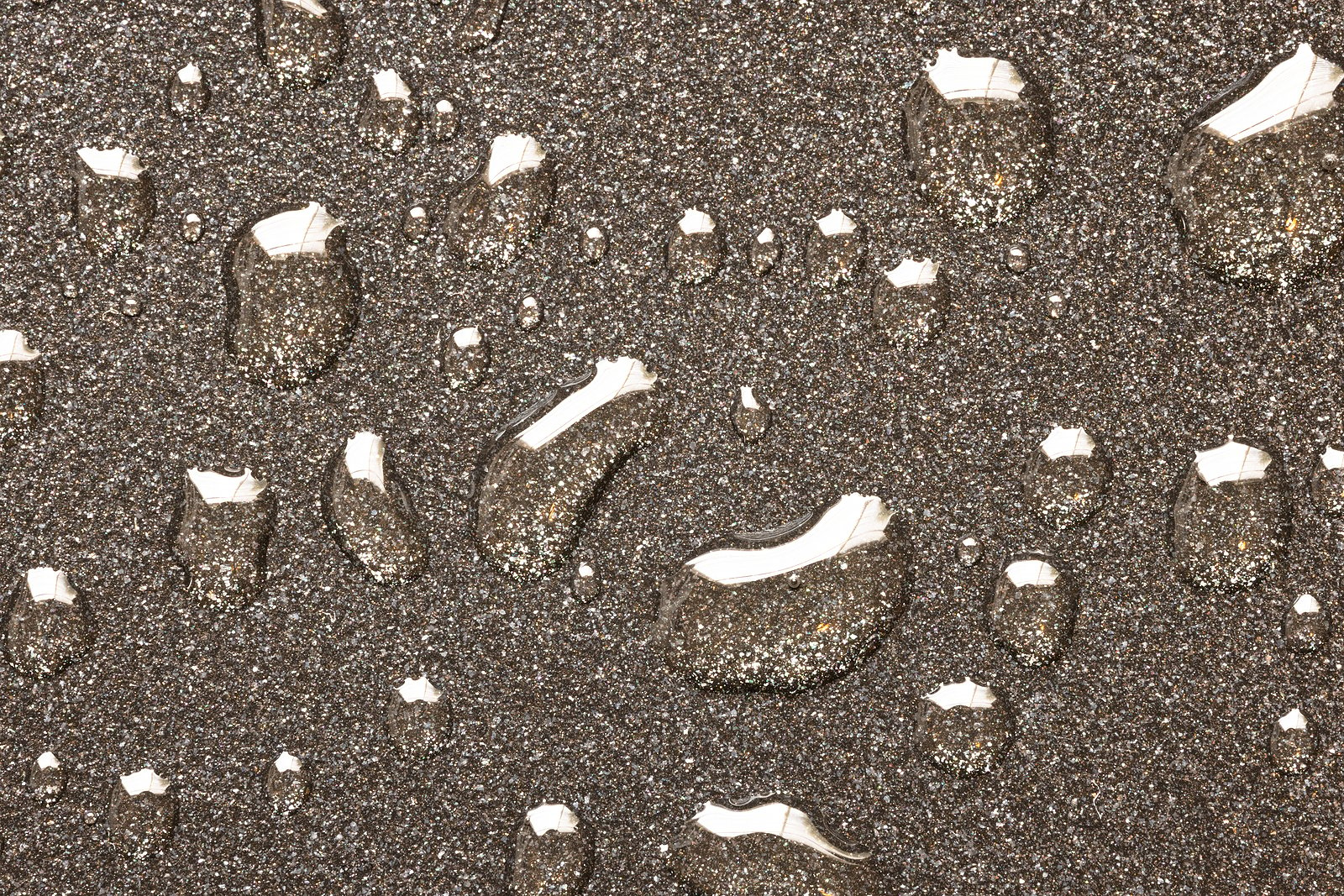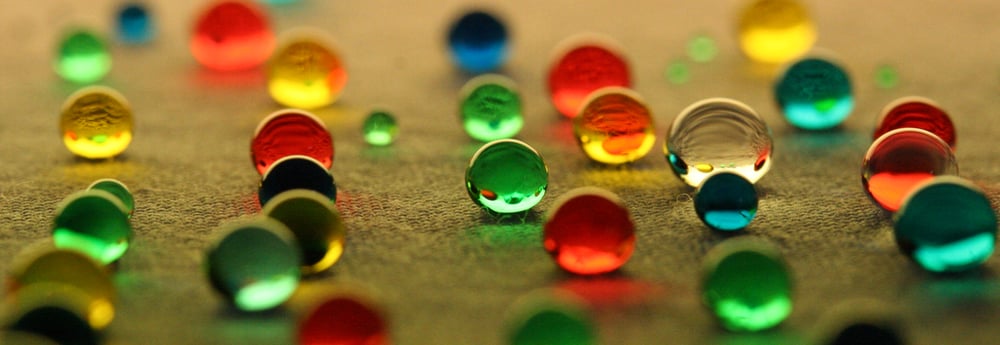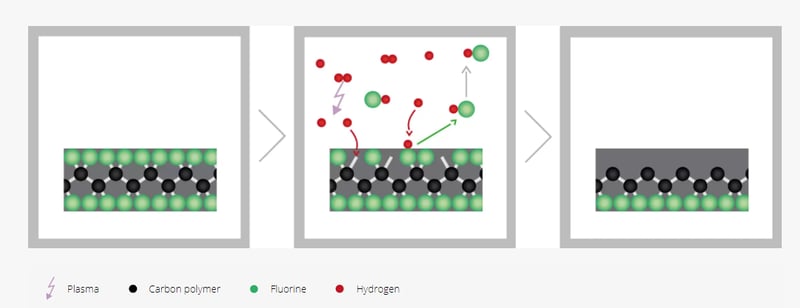Plasma Treatment Articles
Plasma Activation,
Plasma Cleaning,
Plasma Coating
|
4 min read
Topic:

Polytetrafluoroethylene (PTFE) is a fluoropolymer that has become one of the most popular coatings in the world, preferred for a wide range of applications in the electronics, pharmaceutical, chemical, aerospace, automotive, cookware, and packaging industries. Its popularity is due in large part because of its high non-stick and hydrophobic characteristics. It also has the highest operating temperature available of any fluoropolymer and provides good chemical resistance, fair abrasion resistance, and low coefficient of friction.
PTFE is also highly attractive to product manufacturers because pure PTFE is almost totally chemically inert, highly insoluble in most solvents or chemicals, and thermally stable enough to be used between -200 degrees C and +260 degrees C without degrading. Even though PTFE offers the ability to add a number of valuable properties to a surface, it does so without changing the original properties and compromising the base material.
However, industry is changing. Due to environmental and industrial hygiene concerns the feed stocks for creating PTFE like coatings by plasma enhanced chemical vapor deposition (PECVD) are being discontinued or banned currently in the European Union and many countries. The banning of Perfluorooctanoic Acid (PFOA) and other related process feed stocks have left a void in the industrial, medical, and research fields for these materials.
Currently there is a great deal of research focused on developing robust coatings with hydrophobic properties to replace PTFE like coatings. The equipment required to perform research and production on the applications of applying a hydrophobic plasma coating with new materials is currently available. The equipment required to feed a combination of monomers and gases into a low-pressure plasma system in a controlled repeatable method is currently state of the art. Reach out to us if you would like to discuss such a system.
We will now discuss the current state of the market to generate advancement in this area of Hydrophobic coatings.

What is the Process of Coating PTFE to a Material?
The first step in applying a PTFE coating to your surface material is to thoroughly clean and plasma-activate it. Surface contamination and foreign materials can be removed by plasma processing which converts the contaminating matter into its atomic particles – essentially turning it into a gas – which, in turn, is removed by flushing the plasma process with additional gas feedstock from the plasma vacuum chamber.
The surface is then plasma-activated by depositing specific chemistry that produces preferential bond sites for an adhesive or coating. The particular feedstock that enables the surface chemistry change is chosen depending on the type of surface being activated. The actual coating process begins by introducing a vaporized monomer (nearly any liquid or sublimating solid material source) or a bottled gas feedstock as a source of the coating material. Once this gas is introduced into the plasma vacuum chamber energy is applied to cause a polymerization chemical reaction which enables the gas or feedstock to change state from a gas to a solid onto the material.

PTFE’s ability to effectively repel water is one its most valuable characteristics. What makes it so hydrophobic is contact angles in excess of 120 degrees, which means that a droplet of water will easily bead up and roll off a PTFE-coated surface. The combination of certain monomers and surface finishes can lead to super-hydrophobic conditions – creating contact angles approaching and even exceeding 150 degrees.
In addition to being hydrophobic, PTFE coatings offer several other key benefits, including:
Increased demand for hydrophobic coatings from the automotive, aerospace, construction, marine, textiles, electronics and healthcare industries are expected to drive hydrophobic coatings market growth globally, with demand exceeding 13,000 tons in 2022. In general, the use of hydrophobic coatings is growing in popularity because of the advantages it offers in decreased dirt retention, its self-cleaning ability, and its corrosion resistance.
Manufacturers are trending away from the use of PFOA-based monomers for their hydrophobic coatings and instead choosing to use other materials that are organic in nature, in many cases to improve industrial hygiene. The primary application of organic coatings is to prevent corrosion and provide long-lasting protection to metal surfaces, making them particularly attractive to the oil and gas industry where corrosion can be a major risk.
Because hydrophobic coatings possess excellent physical attributes such as abrasion, corrosion and water resistance; stability against inorganic and organic pollutants and bio-fouling; and the ability to self-clean, a variety of coatings are being used in such critical industries as medical device manufacturing. Diagnostic and therapeutic products used in vascular, endovascular, and neurological procedures often feature a hydrophobic coating to reduce friction between the device and blood vessels. Increasing number of surgeries worldwide, supported by growing production of medical devices, is further augmenting the growth of this market.
In fact, PTFE coatings are finding use in many industrial applications, including those that require anti-fogging, antimicrobial, water repellency for electronics and textiles, anti-friction and other applications. This is, in part, because virtually all of the most popular hydrophobic coatings are easy to apply using current plasma vacuum chamber deposition technology.
The process is repeatable and reliable once the systems are set up and properly configured. As the industries and applications that use hydrophobic coatings continue to emerge and evolve, coating materials and the plasma technology to deposit them will continue to advance with them.
Are you interested to learn more about how coatings enable manufacturers to improve the quality of their products? Please consider downloading our eBook titled "The Manufacturer's Plasma Coating Playbook" to learn about coating applications. If you are interested in speaking to an expert in plasma applications, please consider reaching out and scheduling a plasma treatment overview discussion.
Plasma: +1 (248) 761 9253
Distribution: +1 (248) 549 8600
Fax: +1 (248) 549 3533
info@thierry-corp.com
Comments